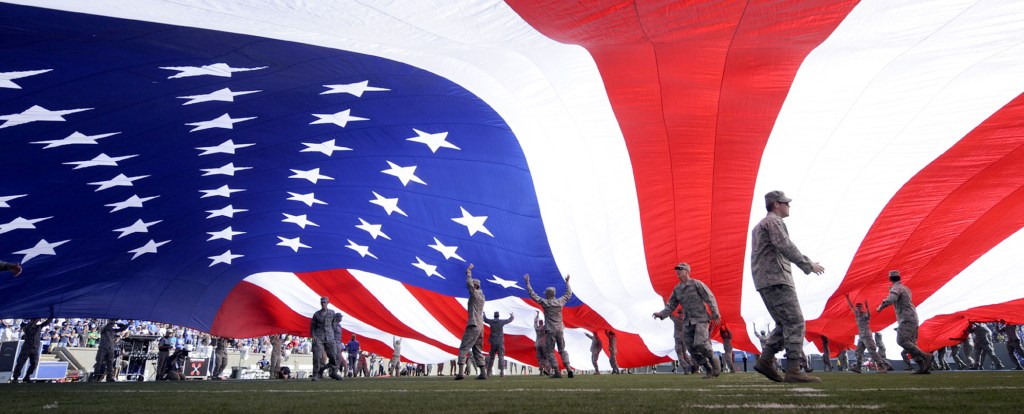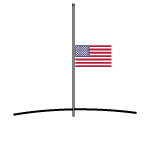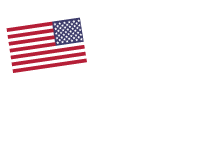Celebrating a banner day

Q: What’s the history behind Flag Day?
Blatt: The Second Continental Congress adopted the U.S. flag on June 14, 1777. More than 120 years later, in 1916, President Woodrow Wilson issued a proclamation for the occasion, requesting that “the fourteenth day of June be observed as Flag Day with special patriotic exercises” in communities nationwide. But it wasn’t until 1949 that President Harry Truman signed an Act of Congress designating June 14 of each year as National Flag Day.
When legislation is enacted to codify something like National Flag Day, it’s important to look at when it was created and who authored it, because that’s going to tell you a lot about why it was put in place. In this case, I think National Flag Day was created to promote U.S. politics and ideology in the context of the developing Cold War.
The Flag through the years
Use the slider on the timeline to see how the American flag has changed through history.
The stars will appear on each state on the year they were represented as a star on the flag.
Q: Some people refer to the American flag as “Old Glory.” Where does that nickname come from?
Blatt: “Old Glory,” a weather-beaten 10-by-17 foot flag, is now a significant artifact on prominent display at the Natural Museum of American History in Washington, D.C. But the story behind the name dates back to the Civil War, when a 19th-century sea captain named William Driver, who happened to hail from Salem, Massachusetts, flew the flag during his career at sea.
He wrote, “It has ever been my staunch companion and protection. Savages and heathens, lowly and oppressed, hailed and welcomed it at the far end of the wide world. Then, why should it not be called Old Glory?” Later, he defiantly flew the flag during the Civil War at his home in Nashville, Tennessee, where he eventually settled down, making national news in the process. His nickname for the stars and stripes stuck and the phrase has remained alive and well to this day.
How To Display The American Flag














